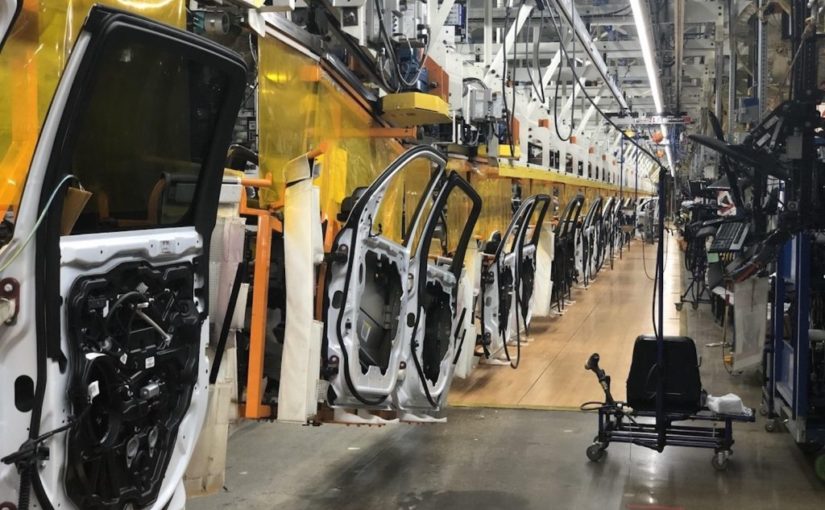Visit any North American auto assembly plant and you’ll quickly notice how much things have changed since factories reopened after a two-month shutdown during spring 2020. There are the ever-present masks, of course, and the way things have been reorganized, in break rooms as well as on the line, to minimize the risk of spreading the COVID-19 virus.
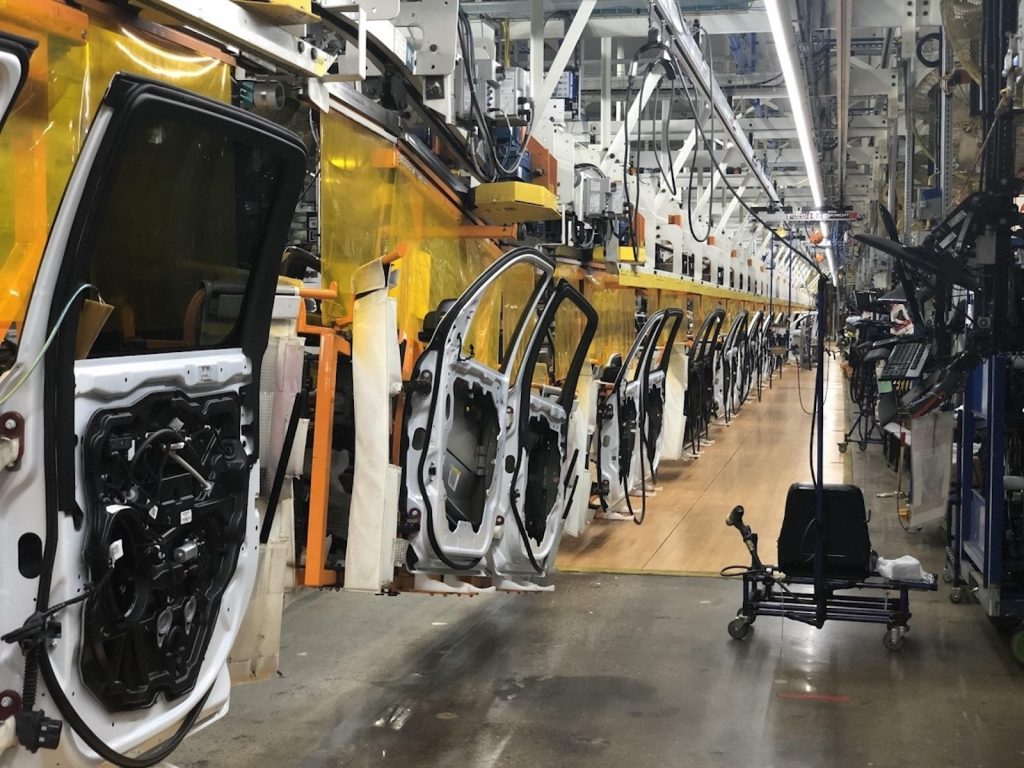
It’s likely a matter of time until workers can remove their masks. But many of the other changes are likely to be permanent. Indeed, from manufacturing to marketing and retailing, there have been a number of changes brought by the pandemic that are likely to be long term and, perhaps, permanent. And they will impact automotive buyers as well as manufacturers.
“The pandemic has just changed the game,” said David Cole, chairman emeritus of the Center for Automotive Research. “Just about every automaker,” he said, will be changing business practices “to hedge against unexpected situations, whether an earthquake or a pandemic.”
Unintended consequences
The pandemic has played out in plenty of unexpected ways. That includes the ongoing shortage of semiconductors forcing almost every manufacturer to slow — and in some cases temporarily halt — production. With millions of Americans in lockdown and even more working from home, chip vendors face unprecedented demand from manufacturers of web cameras, videogame consoles and cellphones, leaving automakers high and dry. Experts warn the situation could continue through the end of this year.
It’s highlighted the vulnerabilities of an automotive manufacturing system that has, during the past 30 years, evolved into a just-in-time process mandating minimum inventories. In many cases, factories receive parts just minutes before they’re needed on the line. When it all works it can hold down costs and give automakers more control over production schedules — while also improving quality.
When it fails, well, automakers can be forced to shut plants down. Floods, blizzards, even earthquakes can briefly disrupt the JIT system. Typically the impact of those events is has been brief, the semiconductor shortage reveals the logistics behind lean inventory systems also can come crashing down for an extended period.
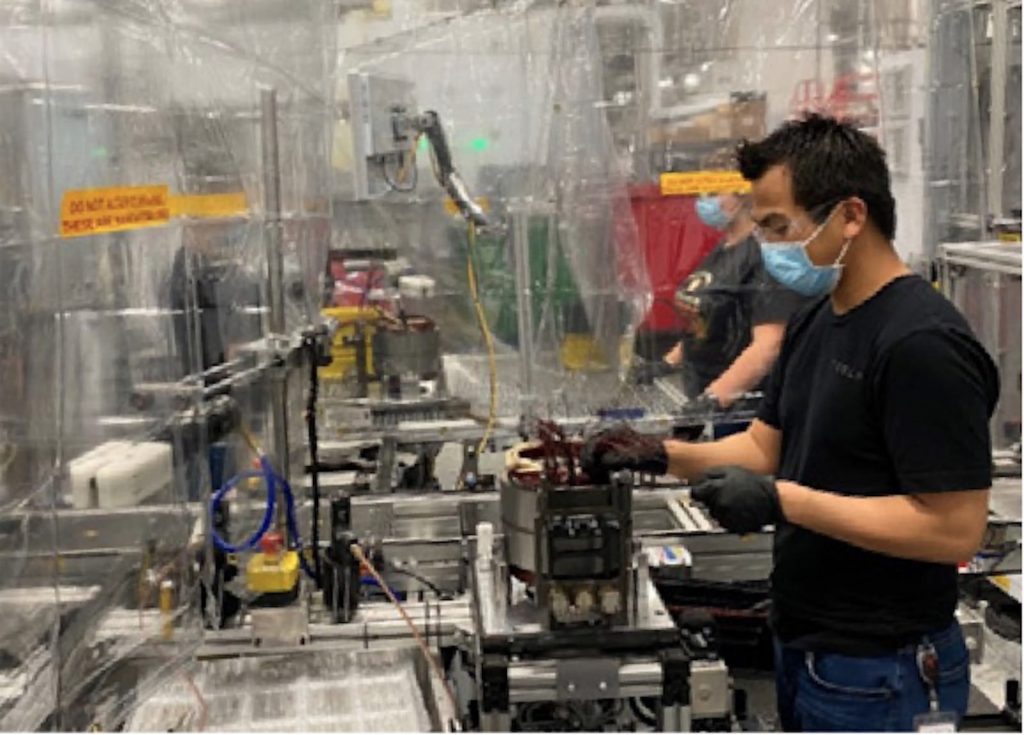
Taking stock
At a recent event hosted by Automotive News, Ford CEO Jim Farley admitted he has just begun to recognize the challenges of maintaining thin factory inventories, adding that “Most other industries use safety stock for critical components like chips.”
While the just-in-time system isn’t likely to be abandoned, analyst Cole and others expect the industry to make some big changes. There’ll likely be more padding to prevent unexpected disruptions. And automakers may have to set up “safety stock” of critical goods, such microchips, more like the way they handled things in the pre-JIT era.
The end of instant gratification
Ironically, we’re likely to see big cuts in inventory at the other end of the automotive chain. Since the industry’s earliest days, manufacturers have pushed dealers to maintain a large stock of vehicles. The argument is American car buyers want instant gratification. Unlike motorists in Europe and other parts of the world who are willing to wait for their vehicle to be delivered from the factory, Americans expect to go shopping and then drive home in their new model the same day.
On average, U.S. dealers have between a 60- to 75-day supply of every model they sell on their lots. That approach is costly and creates a variety of problems. A large dealership can spend tens, even hundreds of thousands of dollars a month in inventory holding costs. Manufacturers must guess what vehicles consumers will buy months ahead, and if they’re wrong they usually wind up paying for their mistakes in the form of hefty incentives.
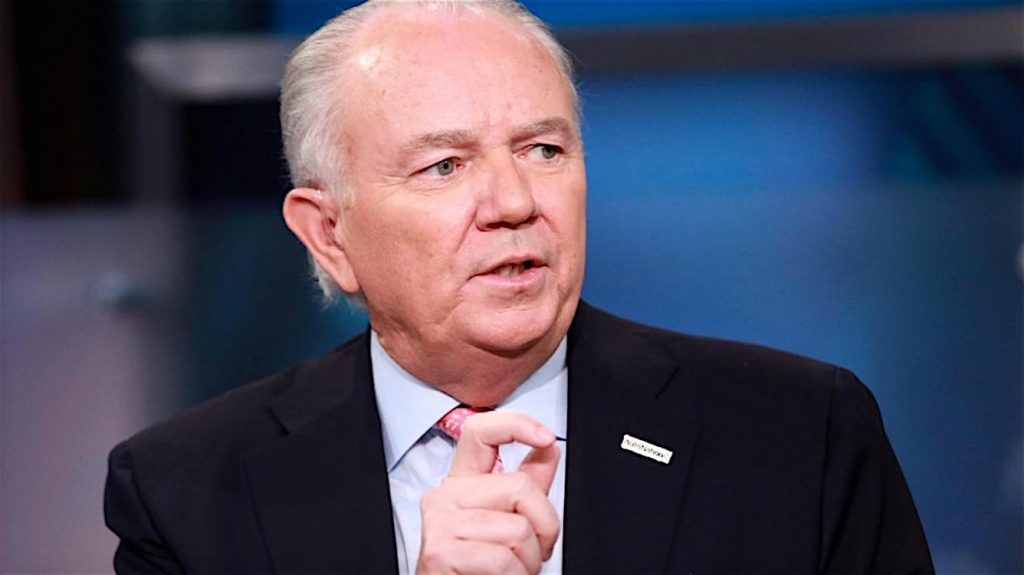
That became especially apparent during the run up to the Great Recession, some products carrying givebacks of more than $10,000. Such profit-eating incentives played a major role in driving General Motors and then Chrysler LLC into bankruptcy in 2009.
“I’ve been saying for years that overproduction” to keep showrooms overstocked “has been ruinous for the industry,” Mike Jackson, the CEO of AutoNation, America’s largest auto retail chain, told TheDetroitBureau.com.
Empty lots
If anything, the pandemic has led to a massive reduction in dealer stocks, J.D. Power reporting U.S. retailers had about 1 million fewer vehicles in stock during the first quarter than they normally would. The pandemic factory shutdowns created the shortage, but the ongoing microchip shortage means manufacturers can’t refill pipelines as quick as they’d hoped. And, it turns out, that’s a good thing.
AutoNation and most of its retail competitors posted their biggest profits ever during the first quarter of this year. Clearly, the fact that U.S. buyers are hungrier than ever for new vehicles has helped. And what dealers and manufacturers have both discovered is that “buyers were willing to wait,” according to Jackson, sometimes as long as six weeks to take delivery of the vehicles they sought.
It has helped that the industry has been tinkering with the retail process. Most automakers have developed sophisticated new online shopping tools. The key has been to let buyers control the purchase process, whether they went to do everything in the showroom or shop entirely online, said Jackson and other dealers.
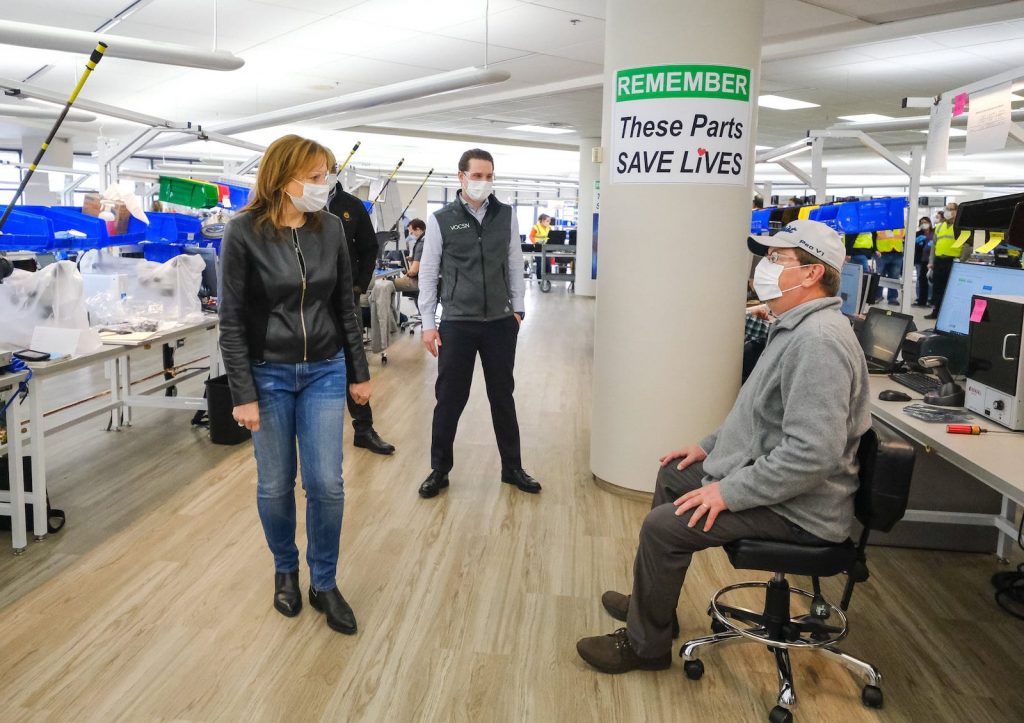
AutoNation, in particular, has made it possible for customers to not only track inventory on dealer lots but also vehicles in transit from factory to showroom.
Never going back
So, while automakers are rushing to rebuild the inventories of especially popular models, like the Toyota RAV4 and Ford F-150, customers shouldn’t expect to find acres of unsold vehicles at most showrooms going forward.
“We’ll never go back to levels of inventory we had pre-pandemic because we’ve learned we can be much more efficient,” GM Chairman and CEO Mary Barra said during a Wednesday earnings call.
If the first quarter is any indication, this approach will prove to be a lot more profitable for manufacturers and retailers alike.
Higher transaction prices
But consumers should expect to not only be in for a wait when they’re ready to buy but also to pay a bit more. Lower inventories mean lower factory incentives and less lucrative discounts from dealers desperate to clear out inventory, said Cole.
On the positive side, leaning out the marketing and distribution system could cut overall costs, money that manufacturers could pass on the consumers in the form of lower sticker prices.
For GREAT deals on a new or used Nissan check out STAR NISSAN OF BAYSIDE TODAY!